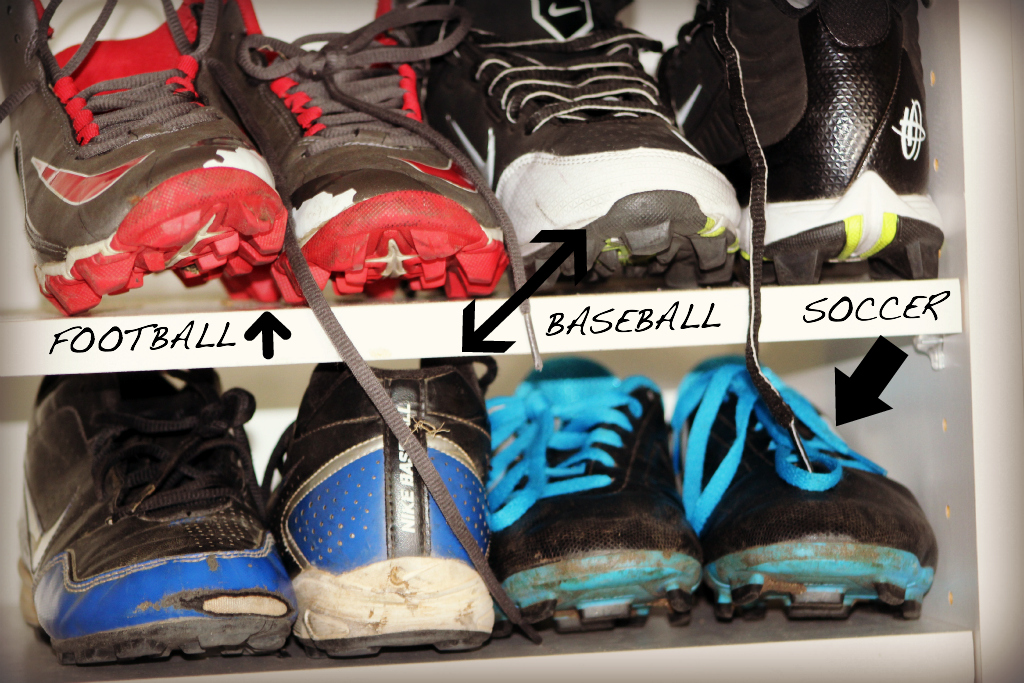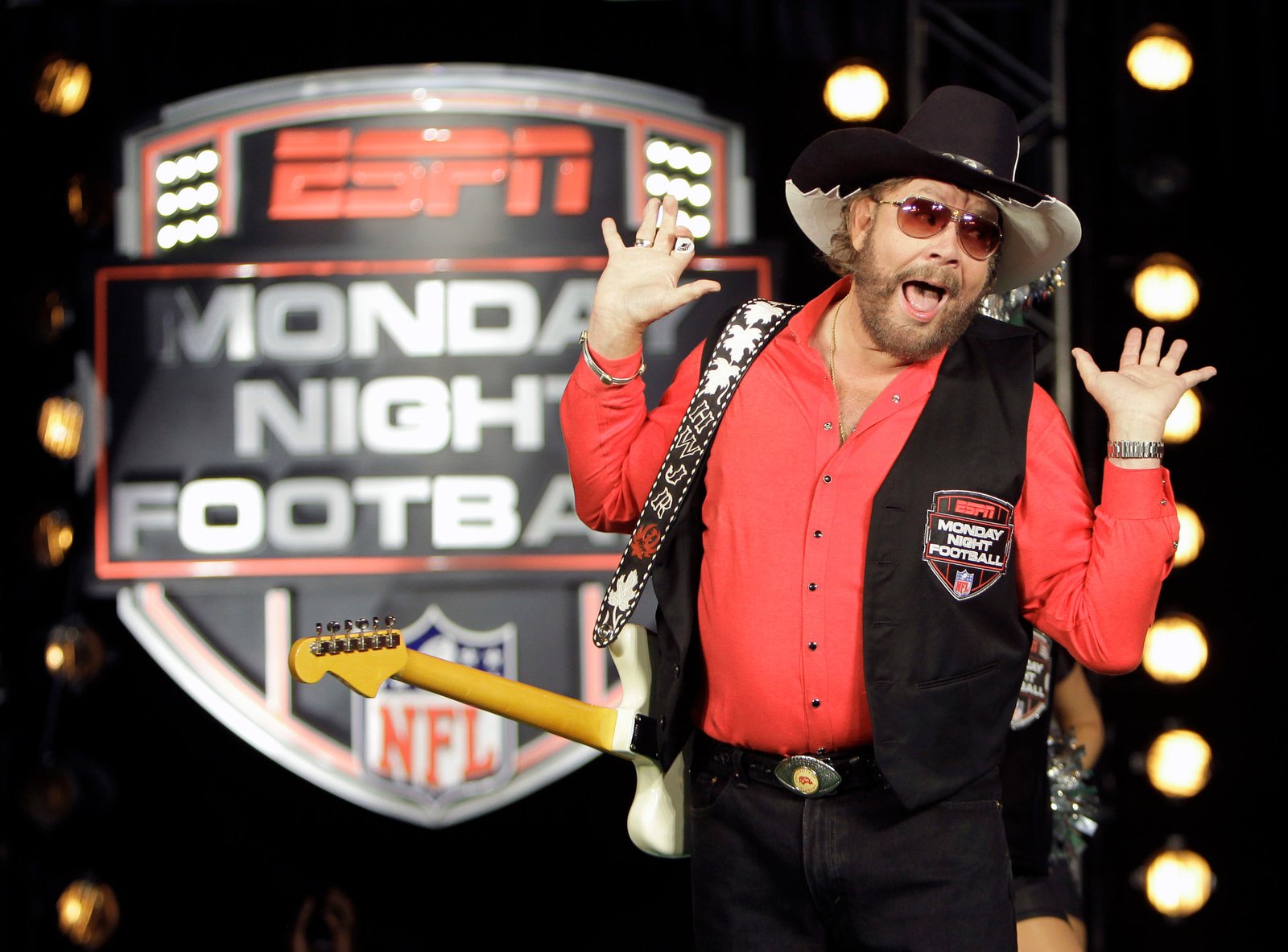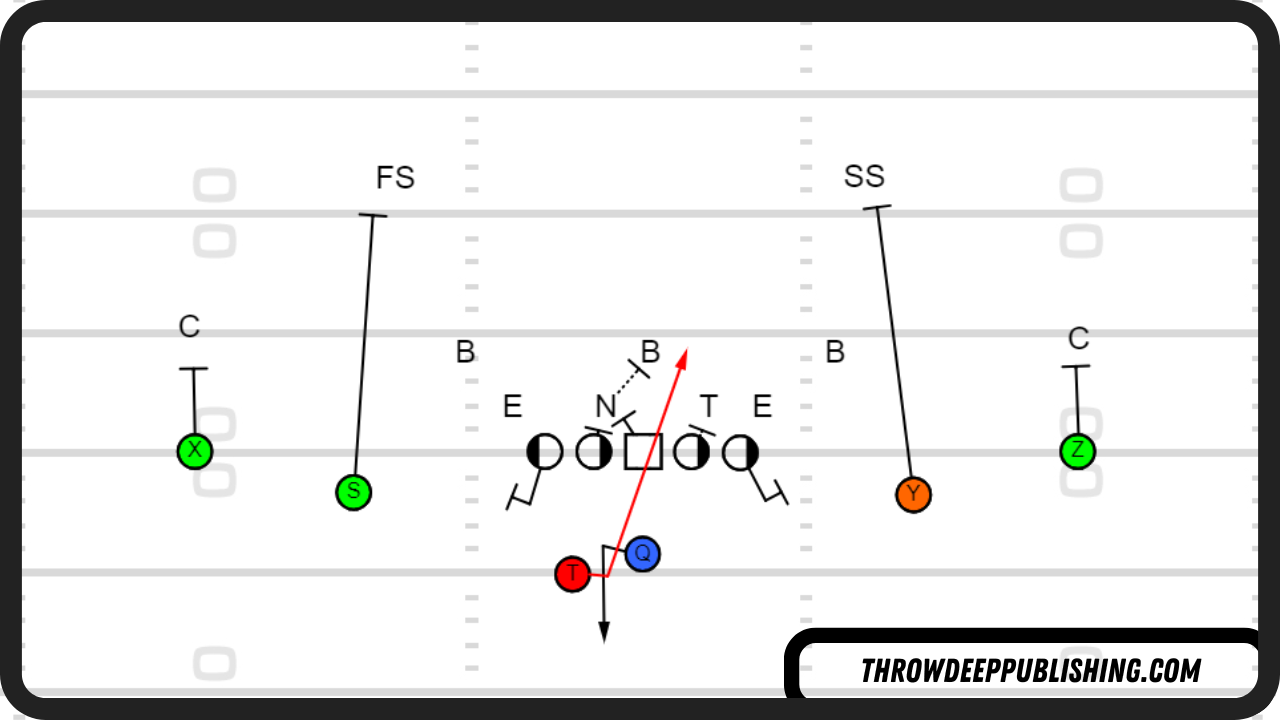No, you should not use football cleats for soccer. Football cleats have a different design.
This can affect your performance and safety. Cleats are essential for both football and soccer players, providing traction and stability. But each sport has specific requirements. Football cleats are heavier and have a toe spike. Soccer cleats are lighter and have a smoother design.
Using the wrong type of cleats can lead to injuries. It can also affect your game negatively. So, it’s important to use the right gear for each sport. In this blog post, we’ll explore the differences between football and soccer cleats. We’ll also explain why it’s important to choose the right type for each sport. Stay tuned to learn more!

Credit: ilovetowatchyouplay.com
Design Differences
When comparing football cleats to soccer cleats, one must understand the design differences. These differences impact performance, comfort, and safety. Let’s delve into the specifics.
Structure And Build
Football cleats have a heavier build. They are designed to offer more protection. This is because football involves more physical contact. Soccer cleats are lighter. They allow for greater mobility and quick changes in direction. This is crucial in soccer where agility matters.
Material Differences
Materials used in football cleats and soccer cleats vary significantly. Football cleats often use heavier leather. This provides durability and protection. Soccer cleats use lighter synthetic materials. These materials enhance speed and ball control. The choice of material affects the player’s performance in their respective sports.
| Feature | Football Cleats | Soccer Cleats |
|---|---|---|
| Weight | Heavier | Lighter |
| Build | Sturdy | Flexible |
| Material | Leather | Synthetic |
| Purpose | Protection | Agility |
Understanding these differences can help you make an informed decision. Choosing the right cleats can improve your performance and reduce injury risks.

Credit: alpha-performance.com
Performance On The Field
Can you use football cleats for soccer? The answer depends on performance on the field. Different sports have different requirements. Let’s explore how football cleats affect your soccer game.
Traction And Grip
Football cleats offer good traction. But soccer demands more agility. Football cleats have longer studs. These studs provide grip on grass. But they can slow you down on the soccer field.
Soccer cleats have shorter studs. They offer better grip on various surfaces. This includes firm ground and artificial turf. Soccer cleats allow quick direction changes. This is crucial for soccer players.
Comfort And Fit
Comfort is key in any sport. Football cleats are designed for protection. They have a stiffer build. This can make them less comfortable for soccer. Soccer cleats are lighter. They offer a snug fit. This improves ball control and touch.
Proper fit ensures better performance. Soccer cleats mold to your foot shape. Football cleats may feel bulky. This can affect your game. Choose the right cleats for comfort and fit.
Safety Considerations
Choosing the right footwear for soccer is crucial for your safety. Many people wonder if they can use football cleats for soccer. While it might seem convenient, there are important safety considerations to keep in mind.
Risk Of Injury
Football cleats are designed differently from soccer cleats. They have a toe cleat which can increase the risk of injury. The toe cleat can get caught in the grass, leading to trips and falls. Soccer cleats, on the other hand, have a smoother design that supports quick movements and sudden stops.
Wearing football cleats for soccer may also affect your performance. Soccer involves more running and quick direction changes. Football cleats do not offer the same level of support and flexibility. This can lead to sprains or strains.
Regulations And Compliance
Most soccer leagues have strict rules about footwear. Using football cleats may not comply with these regulations. The different stud pattern of football cleats can damage the playing field. This is why many leagues do not allow them.
Before playing in a league, check the rules about footwear. Ensure your cleats meet the requirements. This will not only keep you safe but also avoid penalties or disqualification.
Pros Of Using Football Cleats For Soccer
Choosing the right footwear is crucial for soccer players. Many wonder if football cleats can be a good alternative. There are several benefits to using football cleats for soccer. Let’s explore them.
Cost-effective Option
Football cleats can be a budget-friendly choice. They are often more affordable than specialized soccer cleats. This makes them ideal for players on a tight budget. Families with multiple children may save money this way. Buying one type of cleat for both sports can also reduce costs.
Versatility
Football cleats offer versatility. They can be used in both football and soccer. This means players do not need to switch shoes for different games. It simplifies gear management. Football cleats also provide good grip on various surfaces. This makes them useful for practice and play on different fields.
Cons Of Using Football Cleats For Soccer
Using football cleats for soccer might seem convenient. But it has drawbacks. These can affect your game and even break the rules. This section covers the main cons of using football cleats for soccer.
Potential For Reduced Performance
Football cleats differ from soccer cleats in design. They have a toe stud. This stud can hinder ball control. Soccer requires quick foot movements. Football cleats are bulkier. They can slow you down. This can affect your agility.
Football cleats also lack flexibility. Soccer needs a lot of running and turning. Stiff cleats can cause discomfort. You might get tired faster. This can reduce your performance.
Possible Rule Violations
Soccer has strict equipment rules. Using football cleats can break these rules. The extra stud on football cleats is often banned. Referees check equipment before games. You might not be allowed to play. This can be frustrating.
Some leagues have specific rules about cleats. They require soccer-specific footwear. Using the wrong cleats can lead to penalties. This can affect your team. It is important to follow the rules.
Expert Opinions
When discussing the topic of using football cleats for soccer, it’s vital to consider expert opinions. These insights can help players make an informed decision. Here, we’ll explore perspectives from coaches and experiences from players to understand the practicality of this footwear swap.
Coaches’ Perspectives
Coaches play a crucial role in guiding players on proper equipment. Many coaches agree that football cleats and soccer cleats have distinct differences.
- Football cleats: These are heavier and provide more ankle support. This design is suitable for quick, short movements.
- Soccer cleats: These are lighter and offer better agility. This is essential for continuous running and ball control.
According to Coach John, a seasoned soccer coach, “Soccer players need lightweight shoes for better performance. Football cleats can slow them down.”
Players’ Experiences
Players who have tried using football cleats for soccer share mixed feedback. Below are some common experiences:
| Experience | Feedback |
|---|---|
| Comfort | Football cleats often feel heavier, which can lead to discomfort during long games. |
| Performance | Many players report reduced agility and slower speed with football cleats. |
| Control | Soccer-specific cleats provide better ball control, crucial for dribbling and passing. |
One player mentioned, “I felt slower and less agile in football cleats. Soccer cleats are much better for my game.”
These insights from both coaches and players highlight the importance of using the right footwear for each sport.

Credit: www.youtube.com
Frequently Asked Questions
Can Football Cleats Be Used For Soccer?
Football cleats can be used for soccer, but they aren’t ideal. Soccer cleats are designed specifically for the sport’s needs. Football cleats have extra studs, which can affect performance and safety in soccer.
What’s The Difference Between Football And Soccer Cleats?
Football cleats have a toe stud and more ankle support. Soccer cleats are lighter, with a sleek design for better control and speed. Soccer cleats lack the toe stud, offering a flatter sole for better ball contact.
Are Soccer Cleats Safer Than Football Cleats?
Yes, soccer cleats are safer for soccer because they lack the toe stud. This reduces the risk of tripping and ensures better traction on the field. Using the right cleats prevents injuries and enhances performance.
Can Kids Use Football Cleats For Soccer?
Kids should use sport-specific cleats for safety and performance. Football cleats can cause discomfort and affect their play in soccer. Soccer cleats provide better control, comfort, and safety, ensuring a positive experience for young players.
Conclusion
Choosing the right cleats matters for both football and soccer. Football cleats can work for soccer but have limitations. They may not provide the best grip or comfort. Soccer cleats are designed specifically for the sport’s demands. Prioritize safety and performance.
Invest in the right pair for your game. This ensures better control and reduces injury risk. Always consider the specific needs of each sport. Doing so enhances your experience on the field.





